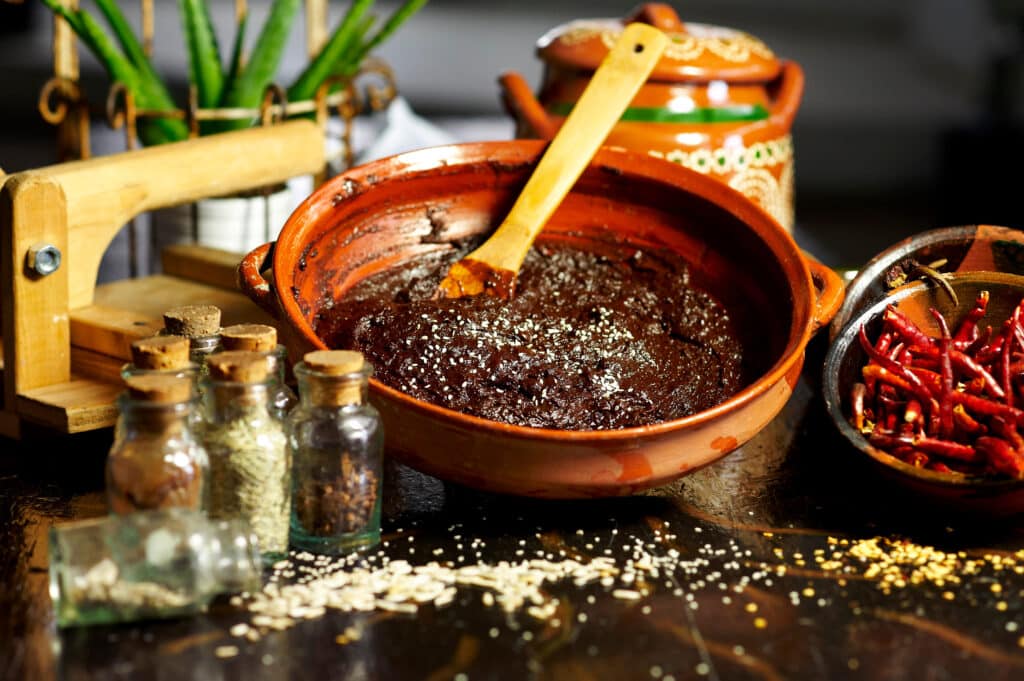Sep 15 2023
When it comes to Mexican food, many flavors and cuisines are rooted in tradition, and mole sauce is no exception. Mole sauce, pronounced "moh-lay," is a treasured gem in the realm of Mexican cuisine, with a rich and complex symphony of flavors that has captivated palates for centuries. In honor of this sauce, this month we’re dedicating our blog to all things mole, from its history, to all the things that make it so special! And in the meantime, when you’re craving the best Mexican food in NH, you’re always welcome at Don Ramon!

©Copyright 2021 Don Ramon, All Rights Reserved.